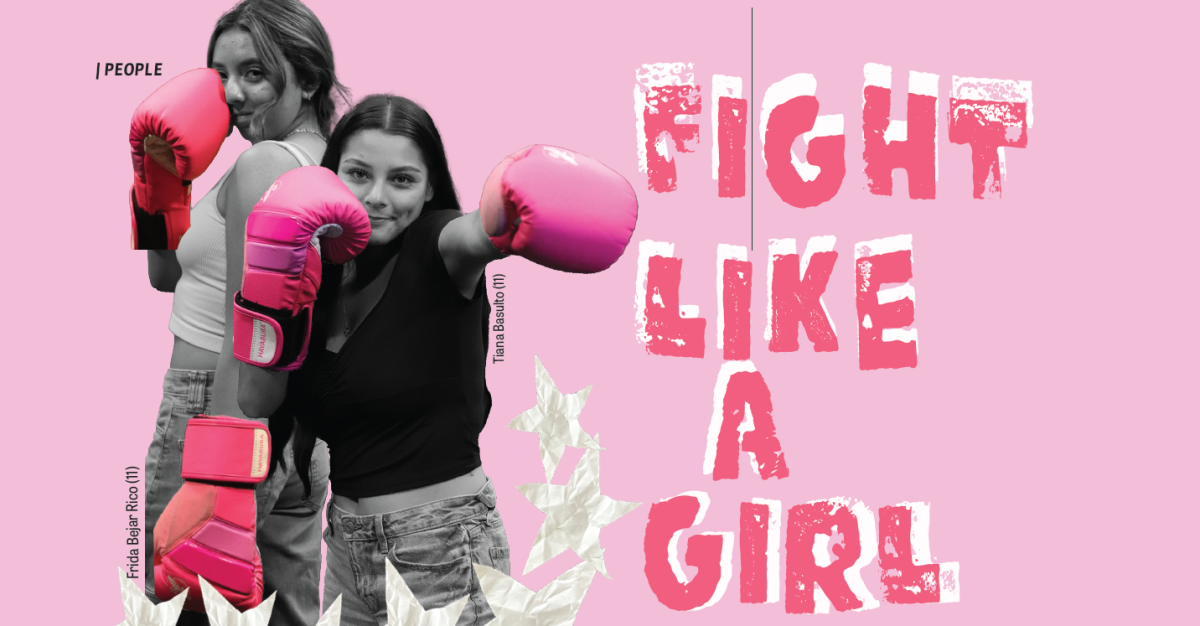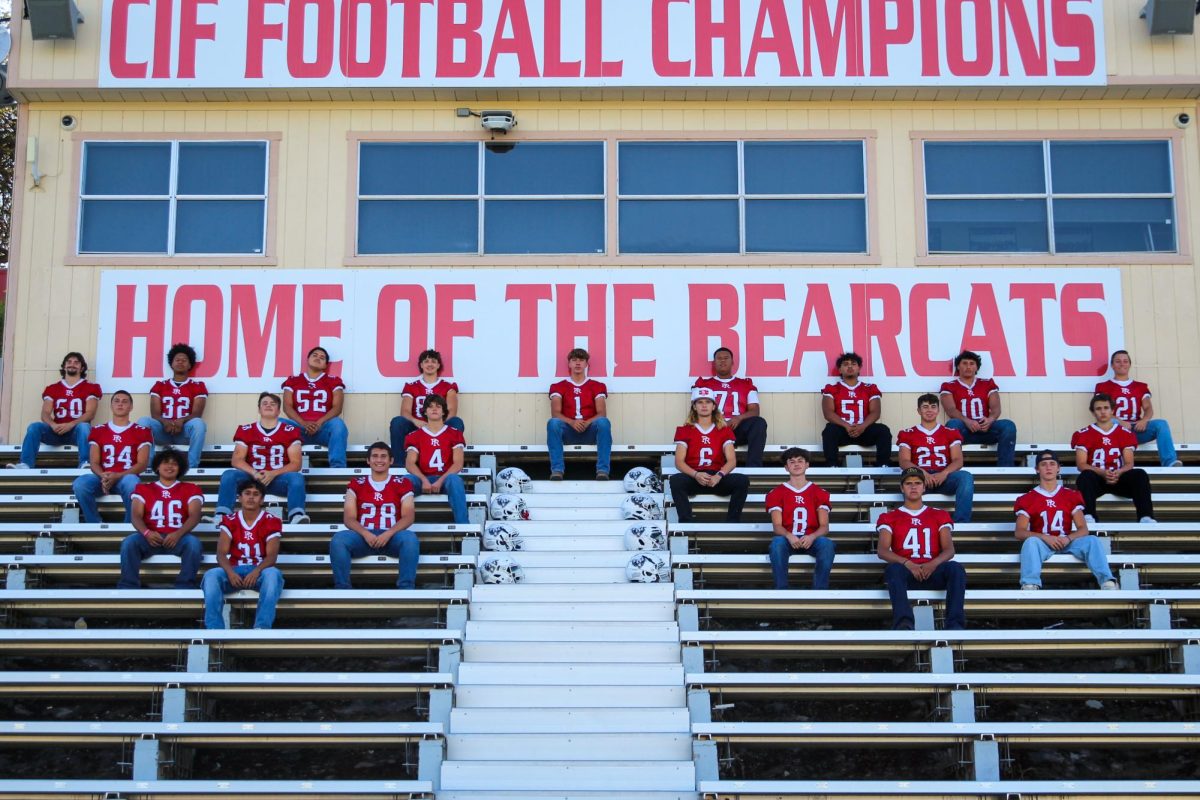Students fighting eating disorders speak out
She shifted against the hot sand, shielding her eyes from the sun. She tried to drag her eyes away from the girls walking down by the waterfront. Those girls with their colorful bikinis, and flat stomachs. Reflexively she glanced down at her own stomach and wondered why she couldn’t look like them.
But Aryanna Garcia didn’t care for her body when she starved herself for two days, terrified of the weight she would gain. She didn’t become healthier when she broke down and binge ate after eating only crackers and water for three days. She didn’t care that anorexia causes at least 103,000 deaths a year, 4 percent of total deaths. Or that 20 percent of people who have anorexia die prematurely due to it.
And senior Carly Powell didn’t care when she kept a calorie diary and stuck her fingers down her throat. She was just thirteen when she started her slow rotation through anorexia and bulimia, practicing whichever was harder for her family to detect.
She didn’t know that women with anorexia are 12 times more likely to die prematurely, and teens with eating disorders have a higher mortality rate than any other mental illness. Instead she stared at the bright red apple, just shiny enough to see her face in, and told herself, “This food is terrible. Do not eat it. You are going to ruin yourself if you eat this.” She was a worthless person, she said as she starved herself. Food was the enemy, she said when she turned the shower on to cover the sound of her puking, she would be a better person if she didn’t eat it.
“Not being happy with who you are is just gut wrenching. Like I would look in the mirror and just look at myself and just cry. I would just bawl because I just felt so trapped, like I couldn’t do anything, it was how I looked, It was my bone structure, It is how my bones are aligned, and once you get to that point you are just so distorted on how you see yourself. Even if its not just how you see yourself and its correct you just feel trapped and its miserable.”
The facts about eating disorders are horrifying. Teen are also more likely to get eating disorders, as 95 percent of people with eating disorders are between 15 and 28. And it doesn’t stop at teenage girls. Body image issues have now spread to younger children as 42 percent of girls between the ages of 5 and 9 want to be thinner and 81 percent of 10 year olds are afraid of being fat, according to National Association of Anorexia Nervosa and Associated Diseases.
More painful than the facts, however, is the day to day pain.
“Well, it’s like waking up every morning and dreading looking in the mirror. It’s like when you finally do look in the mirror no matter how skinny or muscular you look it’s just not good enough. And when people tell you that you look good you just kinda fake a smile and say thank you, but you still feel like you’re not good enough,” Garcia said.
And Powell agrees.
“It’s awful, you feel almost tortured, because you are trapped in this body, because your brain is inside you and this is who you are. Its so gut wrenching like the feeling where you have just lost someone and you just can’t even believe it, it’s kind of that disbelief. I can’t believe I look like this all the time. That’s the feeling.”
Body image isn’t a new issue but it is relatable. The idea of a perfect body goes back centuries. In the 1500s women tried to flatten their chests to be more attractive. In the 1800s, women were considered more appealing the bigger they were. In the 1920s the most beautiful women were the ones whose body type looked most like a man’s.The classical Barbie doll was invented in the 1960s with proportions 30% smaller than the average women. With these proportions, the average Barbie doll would also have to walk on all fours, she would not be able to lift her head, and she would have almost no skeleton. In summary she would only look pretty in plastic.
But plastic itself is a rising trend, with 15.1 million cosmetic surgery procedures in 2013, which rose 3 percent from 14. 6 million in 2012, and 5 percent from 14.3 million in 2011, according to the American Society of Plastic Surgeons.
However, sophomore Brittany Powell has watched her sister go through an eating disorder as well as having issues herself.
“She’d eat something and then I’d hear her throwing up and I just remember me feeling really bad for her because I hated seeing her go through this and feeling like there was nothing I could do. She quickly became very skinny and the reason she began to have body image issues has a lot to do with her being bullied throughout her life. It’s had a big toll on her and she’s gotten a lot better through the years, though she still struggles today,” Brittany said.
But to Carly, the fact that Brittany watched her struggle with body image helped her.
“When you see your little sister doing it, it puts it in a different perspective, especially because it’s your little sister. They’re modeling after you, and of course you would never ever ever want that to happen, or for anyone else to go through the pain that you are feeling. So for someone that you love and care for so much [to go through that] it just hurts you. It almost helps you snap out of it because you’re like, ‘This is so harmful.’ It affects everything,” Carly said.
But Jeanne Neely, who has struggled with body image for 37 years, has hopeful words for people fighting negative body perception.
“You should look at yourself through love. And when I look at my students I don’t see their shirts or their breast size or their hair. I see their spirit. Not liking yourself, would you do that to your own child? Would you [say] ‘Hello baby I don’t love you, you don’t have on Abercrombie and Fitch?’ You are enough. If you died today people wouldn’t say that you were fat, sloppy, or bad at math. They love you. And you don’t need to change anything to be important,” Neely said




